In the world of car insurance, the type of vehicle you drive can have a significant impact on the quotes you receive. Understanding this connection between vehicle type and insurance premiums is essential for making informed decisions when selecting coverage. In this comprehensive guide, we’ll explore the various aspects of how your choice of vehicle can influence your insurance quotes.
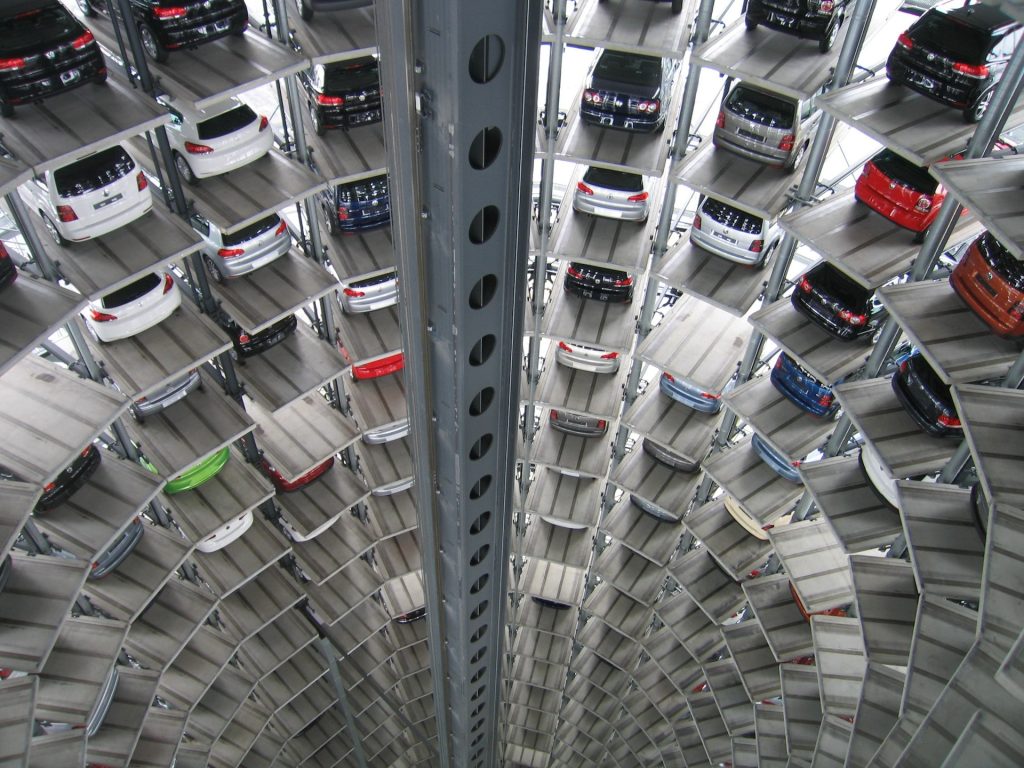
Key Takeaways:
Vehicle Type Matters: The type of vehicle you drive significantly impacts your insurance quotes, with factors like safety, usage, and performance playing key roles.
Premium Variations: Sedans, SUVs, sports cars, and eco-friendly vehicles come with varying insurance costs, so choose your vehicle wisely to align with your budget.
Discount Opportunities: Eco-friendly and hybrid cars often qualify for insurance discounts due to their environmentally friendly features, providing potential savings.
Specialized Coverage: Classic, vintage, custom, and modified cars require specialized insurance coverage tailored to their unique needs, preserving their value and uniqueness.
Informed Decision-Making: Understanding the connection between vehicle type and insurance costs empowers you to make informed decisions that protect your assets while driving your preferred vehicle.
Introduction: Understanding the Role of Vehicle Type in Insurance Quotes
What influence does the type of vehicle you drive have on your insurance quotes?
The type of vehicle you own can influence insurance quotes, affecting the cost and coverage options available to you. Whether it’s a sedan, SUV, sports car, or another type, your vehicle choice matters.
Why is it essential to explore the connection between vehicle type and insurance premiums?
Exploring this connection is crucial because it allows you to make informed decisions that align with your budget and coverage needs. Understanding how insurers assess vehicle types helps you navigate the insurance market effectively.
The Vehicle Factor: How Does the Type of Car Impact Insurance Quotes?
When it comes to auto insurance, the type of vehicle you drive plays a pivotal role in determining your insurance premiums. Insurers assess a variety of vehicle characteristics that influence the risk profile of the vehicle and, consequently, the cost of insuring it.
What specific characteristics of a vehicle are considered when determining insurance rates?
Insurance companies take into account several specific characteristics of a vehicle when determining insurance rates:
Make and Model: The make and model of a vehicle can significantly impact insurance premiums. Some models are statistically more likely to be involved in accidents, while others might be popular targets for theft.
Vehicle Age: The age of a vehicle also plays a role. Newer vehicles often cost more to insure because they’re more expensive to replace. However, they may also have advanced safety features that can lower premiums.
Safety Features: Vehicles equipped with advanced safety features such as anti-lock brakes, air bags, and anti-theft devices may qualify for insurance discounts.
Engine Size: Vehicles with larger, more powerful engines are often seen as higher risk because they’re capable of higher speeds. This can lead to higher insurance premiums.
Cost of Repairs: If a vehicle is expensive to repair, it will likely be more expensive to insure. Luxury vehicles or cars with rare parts often fall into this category.
Why do insurers categorize vehicles into different classes for premium calculations?
Insurers categorize vehicles into different classes for premium calculations based on several factors:
Safety Ratings: Vehicles with high safety ratings are often placed in a lower risk class, leading to lower premiums.
Cost of Repairs: Vehicles that are expensive to repair or replace can be placed in a higher risk class.
Accident Statistics: Insurers also look at accident statistics for specific makes and models. If a particular vehicle is commonly involved in accidents, it may be placed in a higher risk class.
Theft Rates: Vehicles that are frequently targeted by thieves may also be placed in a higher risk class.
Understanding these classifications can help drivers make informed decisions when purchasing a vehicle and choosing an insurance policy. It’s always a good idea to research how different vehicles are classified and how this classification impacts insurance premiums.
While the type of car you drive is an important factor in determining your auto insurance premiums, it’s just one piece of the puzzle. By understanding how specific vehicle characteristics and classifications impact insurance costs, drivers can make well-informed decisions that align with their needs and budget.
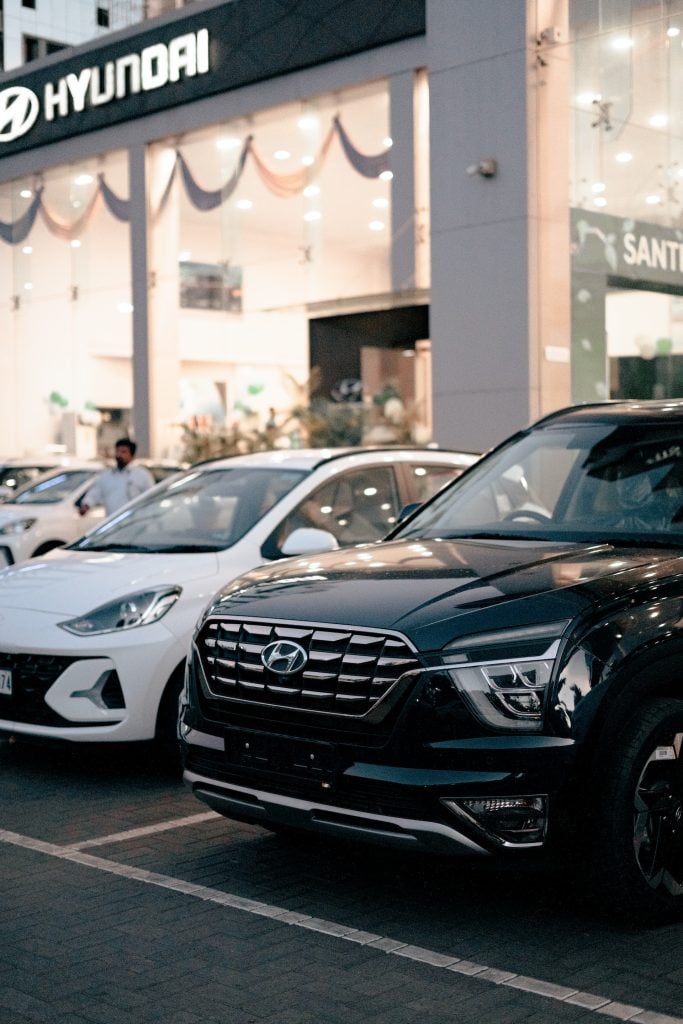
Sedans vs. SUVs: Analyzing the Insurance Cost Differences
How do sedans and SUVs differ in terms of insurance premiums?
Sedans and SUVs often have distinct premium rates. Understanding the differences can help you choose a vehicle that aligns with your budget.
What factors contribute to these differences, and how can they affect your policy costs?
Factors like size, safety features, and historical accident data contribute to the variation in premiums. Learn how these elements impact your policy costs.
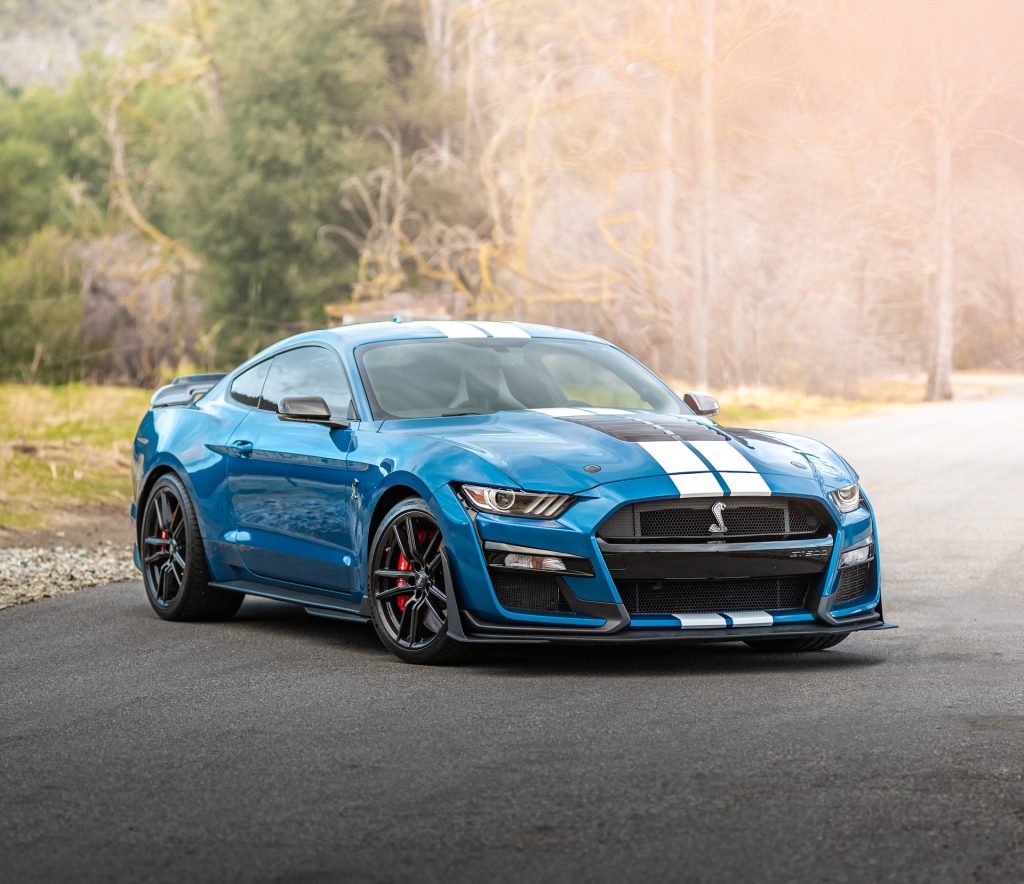
Sports Cars and High-Performance Vehicles: The Impact on Insurance Rates
Why are sports cars and high-performance vehicles associated with higher insurance premiums?
When it comes to the world of automobiles, sedans and SUVs are two popular categories that often come up in discussions. One aspect that potential car owners might consider is the difference in insurance premiums between these two types of vehicles.
Understanding the Premium Rates
Insurance premiums for sedans and SUVs can vary significantly, and understanding these differences is crucial when choosing a vehicle that fits within your budget. Sedans, which are generally smaller and less expensive than SUVs, often have lower insurance premiums. On the other hand, SUVs, with their larger size and higher price tag, tend to have higher insurance costs.
Factors Contributing to the Differences
Several factors contribute to the differences in insurance costs between sedans and SUVs. These include the vehicle’s size, safety features, and historical accident data.
Size: The size of a vehicle plays a significant role in determining its insurance premium. Larger vehicles like SUVs often have higher premiums because they can cause more damage in an accident.
Safety Features: The presence and quality of safety features in a vehicle also affect its insurance cost. Vehicles equipped with advanced safety features may have lower premiums as they are less likely to be involved in accidents or incur less damage when they do.
Historical Accident Data: Insurance companies also consider historical accident data when determining premiums. If a particular model or type of vehicle has been involved in more accidents or has caused more damage in the past, its insurance premium is likely to be higher.
Are there ways to mitigate the higher costs associated with these vehicle types?
Insurance rates for sports cars and high-performance vehicles are typically higher than for standard vehicles. This is due to several factors:
Risk of Accidents: Sports cars and high-performance vehicles are designed for speed, which can increase the risk of accidents. Insurance companies factor in this increased risk when calculating premiums.
Cost of Repairs: These vehicles often have specialized parts and require expert servicing, which can make repairs more expensive. This increased cost is reflected in the insurance premiums.
Theft Rates: Sports cars and high-performance vehicles can be more attractive to thieves due to their high value, leading to higher insurance costs.
Mitigating the Higher Costs
While the insurance costs for sports cars and high-performance vehicles can be higher, there are ways to mitigate these costs:
Safe Driving Record: Maintaining a clean driving record can help lower your premiums. Insurance companies often offer discounts to drivers who have not had any accidents or traffic violations.
Security Measures: Installing additional security measures in your vehicle, such as an alarm system or a tracking device, can help reduce the risk of theft and may lower your insurance premiums.
Higher Deductibles: Choosing a higher deductible can also lower your premium. However, this means you’ll have to pay more out-of-pocket if you file a claim.
Limited Mileage Discounts: Some insurance companies offer discounts if you drive your sports car or high-performance vehicle less frequently or over shorter distances.

Eco-Friendly and Hybrid Cars: The Potential for Insurance Discounts
Can owning an eco-friendly or hybrid vehicle lead to insurance discounts?
In the era of environmental consciousness, eco-friendly and hybrid cars have become increasingly popular. These vehicles not only contribute to reducing carbon emissions but can also lead to potential insurance discounts.
The Green Discount
Insurance companies often encourage environmentally friendly practices by offering discounts to owners of eco-friendly and hybrid vehicles. These “Green Discounts” are a way for insurance companies to reward drivers who choose vehicles that have less of an impact on the environment.
The logic behind these discounts is simple: eco-friendly and hybrid cars use less fuel and emit fewer pollutants, which aligns with the broader societal goal of environmental sustainability. By offering discounts, insurance companies are incentivizing more drivers to opt for these environmentally friendly options.
Beyond Fuel Efficiency: Other Influencing Factors
While fuel efficiency is a significant factor, it’s not the only aspect that influences insurance quotes for eco-friendly and hybrid vehicles. Several other factors come into play:
Safety Features: Eco-friendly and hybrid cars often come equipped with advanced safety features, which can lead to lower insurance premiums. Features like automatic braking systems, collision warning systems, and advanced airbags can reduce the likelihood of severe damage in the event of an accident, making these vehicles safer and thus cheaper to insure.
Repair Costs: While eco-friendly and hybrid vehicles can be more expensive to repair due to their specialized parts, some insurance companies balance this out by offering lower premiums due to the vehicles’ environmental benefits.
Availability of Replacement Parts: The availability and cost of replacement parts can also affect insurance premiums. If replacement parts for a particular model are scarce or expensive, this could lead to higher premiums.
Theft Rates: Interestingly, eco-friendly and hybrid cars tend to have lower theft rates compared to conventional cars, possibly because they require specialized chargers or because they are less known. Lower theft rates can translate into lower insurance costs.
By understanding these factors, you can make an informed decision when purchasing an eco-friendly or hybrid vehicle. Remember, while the initial cost may be higher, the potential insurance savings and environmental benefits could make it a worthwhile investment in the long run.

Classic and Vintage Cars: Special Considerations for Insurance
When it comes to auto insurance, the type of vehicle you drive can significantly impact your insurance costs. This is particularly true for classic and vintage cars, which come with their own unique set of insurance considerations.
What unique factors come into play when insuring classic or vintage cars?
Classic and vintage cars aren’t just vehicles; they’re often considered investments or even collector’s items. As such, they require specialized insurance coverage that takes into account their unique characteristics:
Agreed-Value Policies: Unlike standard auto insurance policies, which typically cover the actual cash value of a vehicle (depreciated value), classic and vintage car insurance often comes in the form of agreed-value policies. This means the insurer and policyholder agree on the vehicle’s value upfront. In the event of a total loss, the policyholder receives the agreed-upon value, not a depreciated amount.
Specialized Coverage: Classic and vintage cars may require specialized coverage options not typically included in standard auto insurance policies. This can include coverage for spare parts, coverage for vehicles under restoration, and even coverage for shipping your vehicle to car shows.
Usage Restrictions: Many classic car insurance policies come with usage restrictions, limiting how much you can drive the vehicle. This is because classic and vintage cars are often used less frequently than everyday vehicles, reducing their risk of accident or damage.
How do insurance quotes for these vehicles differ from standard coverage?
Insurance quotes for classic and vintage cars differ from standard coverage in several ways:
Preserving Vehicle Value: The focus of classic car insurance is to preserve the vehicle’s value. This is reflected in agreed-value policies and specialized coverage options designed to protect the car as an investment.
Lower Premiums: Despite offering broader coverage, classic car insurance premiums can be lower than standard auto insurance premiums. This is because classic cars are usually driven less frequently and cared for more meticulously than regular-use vehicles.
Eligibility Requirements: To qualify for classic car insurance, vehicles usually need to meet certain criteria, such as age restrictions, storage requirements (like being kept in a secure garage), and usage limitations.
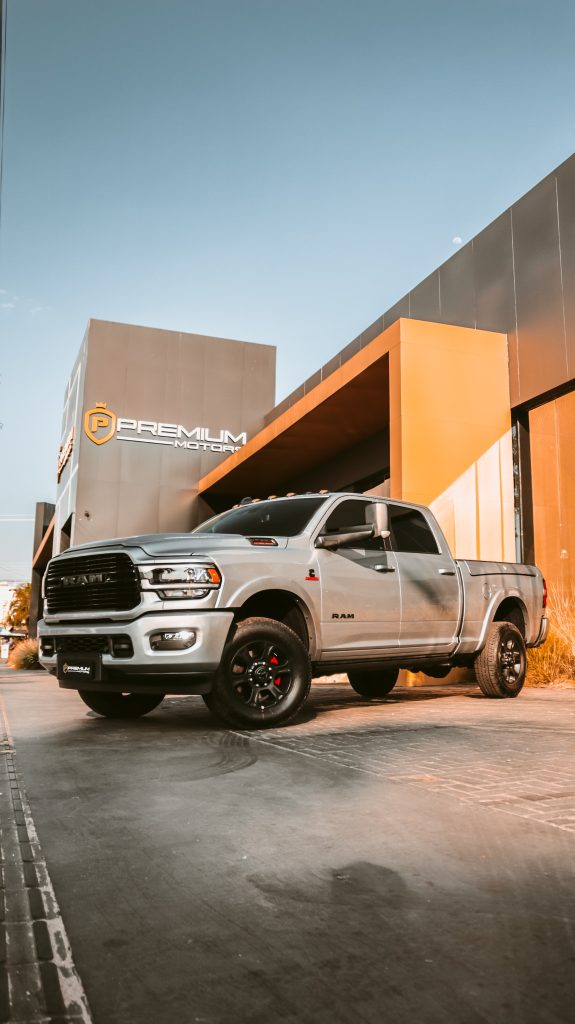
Trucks and Pickup Vehicles: Their Role in Insurance Premiums
Trucks and pickup vehicles are a common sight on roads worldwide, serving various purposes from personal use to commercial applications. However, owning such a vehicle can have a unique impact on your auto insurance premiums.
How does owning a truck or pickup vehicle affect insurance quotes?
Insurance premiums for trucks and pickup vehicles often differ from those of standard cars due to their unique usage scenarios and inherent characteristics. Here’s how these factors influence premiums:
Vehicle Size and Weight: Trucks and pickups are generally larger and heavier than standard cars. This means they can potentially cause more damage in an accident, leading to higher liability costs and, consequently, higher insurance premiums.
Usage Scenarios: These vehicles are often used for tasks beyond regular commuting, such as towing, off-roading, or commercial purposes. These additional uses can increase the risk of damage or accidents, affecting the insurance cost.
Safety Features: While many modern trucks and pickups come equipped with advanced safety features, older or base models may lack these enhancements. The presence (or absence) of safety features can significantly impact the insurance premium.
Are there specific usage scenarios that impact premiums for these vehicles?
Several specific usage scenarios can affect insurance premiums for trucks and pickups:
Commercial Usage: If the vehicle is used for commercial purposes—like deliveries or heavy-duty work—this can increase the risk of accidents or damage, leading to higher premiums.
Towing Capacity: Trucks and pickups with high towing capacities may attract higher insurance premiums. The reason is simple: towing heavy loads increases the risk of accidents.
Modifications: Any modifications to the vehicle—such as lift kits or off-road enhancements—can also impact the insurance cost. These modifications can alter the vehicle’s performance and safety profile, potentially leading to higher premiums.
Understanding these factors can help you anticipate the potential insurance costs associated with owning a truck or pickup vehicle. It’s always a good idea to consult with an insurance professional to get a clear understanding of these costs before making a purchase.
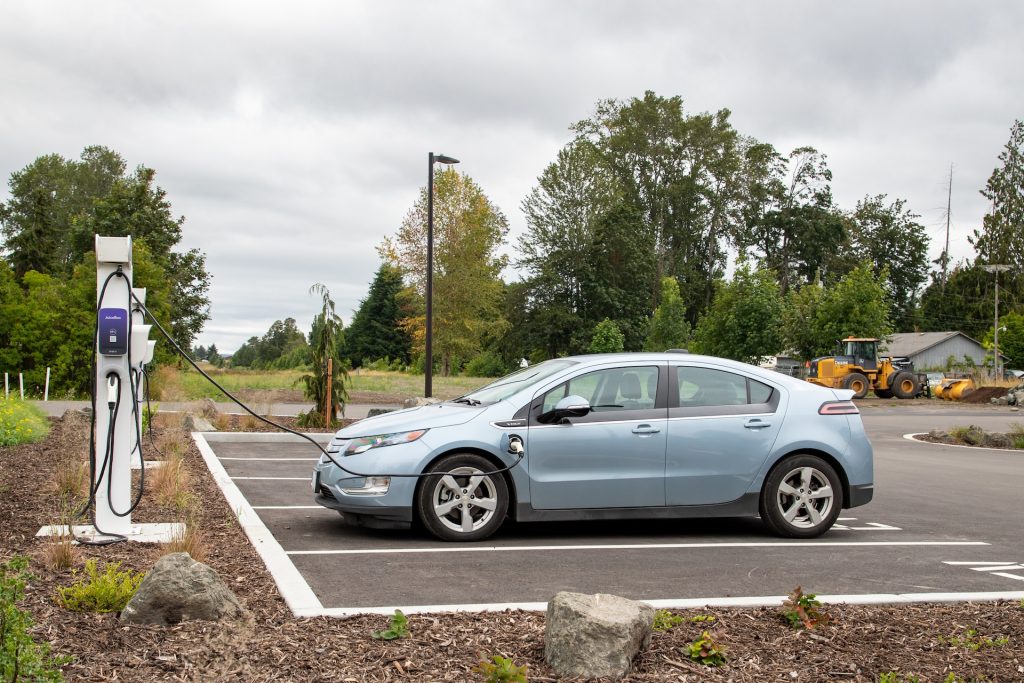
Electric and Autonomous Vehicles: Emerging Trends in Insurance Quotes
The advent of electric and autonomous vehicles is revolutionizing the automotive industry, bringing with it a wave of innovation that extends to the realm of auto insurance. As these vehicles become more prevalent, they are reshaping the landscape of insurance quotes in several ways.
How are electric and autonomous vehicles shaping the future of insurance quotes?
Electric and autonomous vehicles are at the forefront of automotive innovation, and their impact on insurance quotes is significant. Here’s how these vehicles are shaping the future of insurance:
Lower Fuel and Maintenance Costs: Electric vehicles, with their zero-emission powertrains, offer lower fuel costs compared to traditional gasoline-powered cars. They also tend to have fewer moving parts, which can lead to lower maintenance costs. These savings can be reflected in lower insurance premiums.
Advanced Safety Features: Many electric and autonomous vehicles come equipped with advanced safety features like automatic emergency braking, lane-keeping assist, and self-driving capabilities. These features can reduce the risk of accidents, which can lead to lower insurance premiums.
High Repair Costs: On the flip side, electric and autonomous vehicles can be more expensive to repair due to their specialized parts and technology. This can lead to higher insurance premiums.
What are the current insurance considerations for these innovative vehicle types?
As electric and autonomous vehicles continue to evolve, so do the insurance considerations for these innovative vehicle types:
Coverage for Advanced Technologies: Electric and autonomous vehicles often feature cutting-edge technology that can be expensive to replace or repair. This includes everything from advanced sensor systems to high-capacity batteries. Insurers are now offering coverage options specifically designed for these technologies.
Liability Issues: With autonomous vehicles, determining liability in the event of an accident can be complex. Is it the fault of the vehicle’s software, or did the human driver fail to intervene appropriately? These questions are leading to new considerations in auto insurance policies.
Government Regulations: As governments around the world establish regulations for electric and autonomous vehicles, insurers must adapt their policies accordingly. This includes considerations around minimum coverage requirements and liability rules.
By staying informed about these emerging trends and considerations, you can ensure you’re getting the best possible insurance coverage for your electric or autonomous vehicle. Find out more by reviewing our Consumer Guide to Electric Vehicle Insurance: What Buyers and Owners Need to Know.
Factors Beyond Vehicle Type: Understanding the Full Picture
While the type of vehicle you drive plays a significant role in determining your auto insurance premiums, it’s just one piece of the puzzle. Several other factors come into play, painting a more comprehensive picture of how insurance premiums are calculated.
What other factors, apart from vehicle type, play a role in determining insurance premiums?
Apart from the vehicle type, insurers consider a variety of factors when determining your insurance premiums:
Driving History: Your driving record is one of the most critical factors. Drivers with a history of accidents or traffic violations are often deemed higher risk and therefore face higher premiums.
Location: Where you live and where you park your car can also impact your premiums. Areas with high crime rates or dense traffic may lead to higher insurance costs.
Age: Younger drivers, particularly those under 25, often face higher premiums due to their lack of driving experience. Similarly, elderly drivers may also experience higher rates due to increased accident risk.
Coverage Levels: The level of coverage you choose will directly influence your premiums. Comprehensive coverage will cost more than basic liability coverage.
Credit Score: In many states, insurers are allowed to use your credit score as a factor in determining your premiums. A higher credit score may lead to lower premiums.
How can drivers leverage these factors to find the best insurance rates?
Understanding these factors can help drivers find the best insurance rates:
Maintain a Clean Driving Record: Safe driving not only keeps you protected on the road but can also lead to lower insurance premiums.
Choose Your Coverage Wisely: Opt for a coverage level that suits your needs and budget. Remember, while lower coverage levels might save money in the short term, they could cost you in the event of an accident.
Improve Your Credit Score: If you live in a state where credit scores impact insurance rates, improving your credit score could lead to lower premiums.
Consider Your Location: If possible, consider where you park your car—secure garages or safer neighborhoods could potentially lower your insurance costs.
By considering these factors and strategies, drivers can gain a better understanding of their insurance premiums and potentially find ways to reduce their costs.
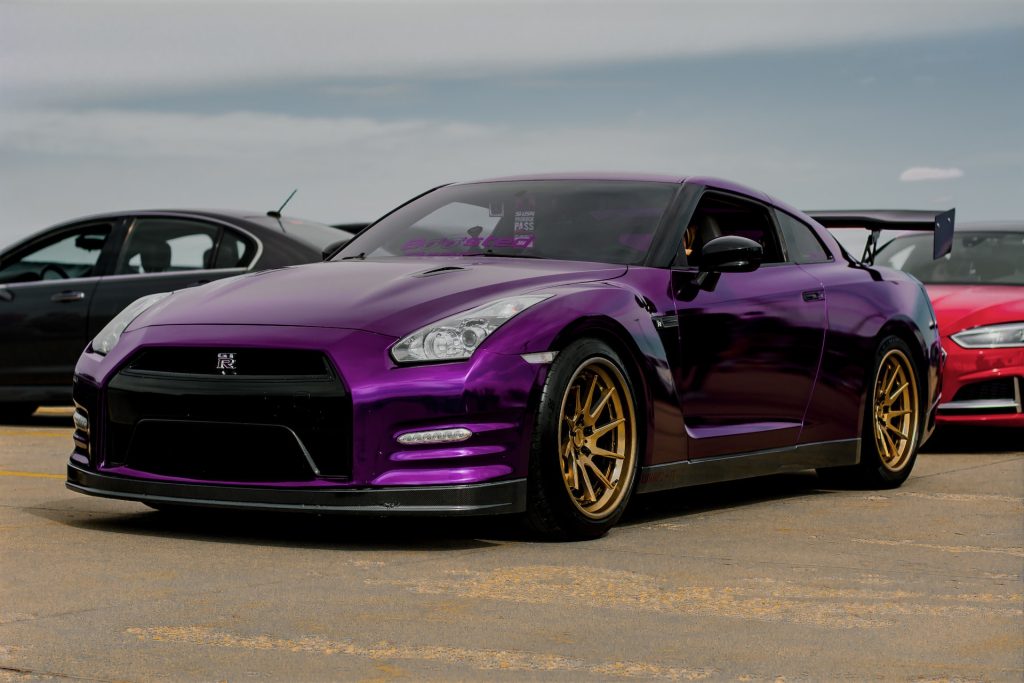
Custom and Modified Vehicles: Insurance Challenges and Solutions
Custom and modified vehicles, with their unique designs and enhanced performance features, often present a set of challenges when it comes to insurance. However, understanding these challenges and the solutions available can help owners navigate the complexities of insuring these unique vehicles.
What challenges do owners of custom or modified vehicles face when seeking insurance?
Owners of custom and modified vehicles often face several unique challenges when seeking insurance:
Increased Value: Customizations and modifications often increase the value of a vehicle significantly. Standard insurance policies may not provide sufficient coverage for these added values.
Higher Risk Profile: Modified vehicles, especially those with performance enhancements, may be seen as higher risk by insurance companies due to increased chances of accidents or theft.
Complex Repairs: Custom and modified vehicles often require specialized parts and services for repair, which can be more expensive than standard vehicles.
Are there specialized insurance options available for these unique vehicles?
Despite these challenges, there are specialized insurance options available for custom and modified vehicles:
Agreed Value Coverage: Unlike standard policies that cover the actual cash value (depreciated value) of a vehicle, some insurers offer agreed value coverage for custom and modified cars. This means the insurer and owner agree on the vehicle’s value upfront, ensuring adequate coverage for customizations and modifications.
Specialty Parts Coverage: Some insurers offer coverage specifically for specialty parts used in custom or modified vehicles. This ensures that in the event of damage, the cost of these specialized parts is covered.
Flexible Usage Policies: Given that many custom and modified vehicles are not daily drivers, some insurers offer flexible usage policies with lower premiums for vehicles driven less frequently.
By understanding these challenges and solutions, owners of custom and modified vehicles can find an insurance policy that provides adequate coverage while taking into account the unique aspects of their vehicles. Learn more about insuring modified cars in our article What Insurance Do You Need For A Modified Car?
Shopping for Insurance with Vehicle Type in Mind: Tips and Strategies
How can drivers use their knowledge of the impact of vehicle type on quotes to their advantage?
Understanding the impact of vehicle type on insurance quotes can be a powerful tool when shopping for coverage. Here’s how drivers can leverage this knowledge to their advantage:
Research Before Buying: Before purchasing a vehicle, research the average insurance costs for that specific make and model. This can help you anticipate the potential insurance costs and choose a vehicle that fits within your budget.
Consider Safety Ratings: Vehicles with high safety ratings often attract lower insurance premiums. If safety features and ratings are a priority for you, it might be worth investing in a vehicle known for its safety credentials.
Think About Vehicle Usage: How you plan to use the vehicle can also impact your insurance costs. For example, a car used for daily commuting might attract higher premiums than a car used occasionally for leisure drives.
Are there strategies for finding the most suitable insurance for their specific vehicle?
When it comes to finding the most suitable insurance for your specific vehicle, consider these strategies:
Shop Around: Don’t settle for the first quote you receive. Instead, get quotes from multiple insurance providers to ensure you’re getting the best deal.
Tailor Your Coverage: Consider what coverage you actually need. If your vehicle is older, you might decide to skip comprehensive coverage, which could lower your premiums.
Ask About Discounts: Many insurers offer discounts for things like safe driving, low mileage, or having multiple policies with the same company. Always ask about available discounts when getting a quote.
Review Your Policy Regularly: As your circumstances change, so too might your insurance needs. Regularly reviewing your policy ensures it continues to provide the coverage you need at a price you’re comfortable with.
By keeping these tips and strategies in mind, drivers can find an insurance policy that aligns with their specific vehicle type and individual needs.
Conclusion: Navigating the Intersection of Vehicle Type and Insurance Quotes
What should drivers keep in mind when seeking insurance quotes for their particular vehicle?
When seeking insurance quotes for their particular vehicle, drivers should keep several key factors in mind. The type of vehicle—whether it’s a sedan, SUV, sports car, eco-friendly car, classic car, truck, custom vehicle, or electric and autonomous vehicle—plays a significant role in determining insurance premiums. However, it’s not the only factor. Other elements such as driving history, location, age, and coverage levels also come into play.
How can understanding the connection between vehicle type and insurance costs lead to more informed decisions?
Understanding the connection between vehicle type and insurance costs can lead to more informed decisions. It allows drivers to anticipate potential insurance costs before purchasing a vehicle and to tailor their coverage to suit their specific needs. This knowledge can also help drivers leverage various factors to their advantage, potentially leading to lower premiums.
For instance, drivers might opt for vehicles with high safety ratings or advanced safety features to attract lower insurance premiums. They might also choose to maintain a clean driving record, improve their credit score, or consider their parking location—all strategies that could lead to lower insurance costs.
Moreover, for owners of unique vehicles like classic cars or custom and modified vehicles, understanding the complexities of insuring these vehicles can help them find specialized insurance solutions that provide adequate coverage.
In conclusion, navigating the intersection of vehicle type and insurance quotes doesn’t have to be a daunting task. With the right knowledge and strategies, drivers can protect their assets and enjoy peace of mind on the road—all while potentially saving on their auto insurance costs.
To delve deeper into this topic, let’s consider some additional aspects:
The Role of Insurance Companies: Insurance companies play a crucial role in determining premiums based on vehicle type. They use complex algorithms that take into account various factors related to the vehicle and the driver. Understanding how these algorithms work can provide valuable insights into how premiums are calculated.
The Impact of Technological Advancements: Technological advancements in vehicles can also impact insurance premiums. For example, autonomous driving features may reduce the risk of accidents, potentially leading to lower premiums. On the other hand, these advanced features can be expensive to repair or replace in case of damage, which could increase premiums.
The Importance of Regular Policy Reviews: It’s essential for drivers to regularly review their auto insurance policies. This allows them to stay updated with any changes in premiums due to factors like aging vehicles or improved driving records. Regular reviews also provide opportunities to shop around for better deals.
The Value of Insurance Agents: Working with an experienced insurance agent can be beneficial for drivers. Agents have in-depth knowledge about different types of vehicles and their associated insurance costs. They can provide personalized advice based on the driver’s specific needs and circumstances.
By considering these additional aspects along with the factors mentioned earlier, drivers can gain a more comprehensive understanding of how vehicle type impacts auto insurance costs. This empowers them to make well-informed decisions that protect their assets while providing peace of mind on the road.
Related Reading:
Factors You Might Not Know Affect Car Insurance Quotes and How to Manage Them
Car Insurance Quotes: Hidden Fees and Charges to Watch Out for
The Pros and Cons of Using Online Tools for Instant Car Insurance Quotes
How to Customize Your Car Insurance Policy Based on Quotes
Demystifying the Different Types of Coverage in Car Insurance Quotes
The Role of Your Driving Record in Determining Car Insurance Quotes
Tips for Getting Accurate and Reliable Car Insurance Quotes
A Comprehensive Guide to Comparing Car Insurance Quotes Online
Understanding Factors That Influence Car Insurance Quotes
Cheap Car Insurance Online


